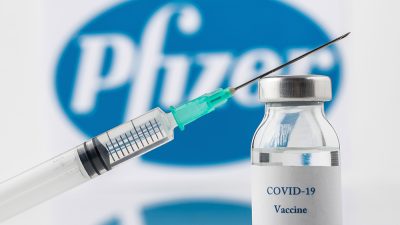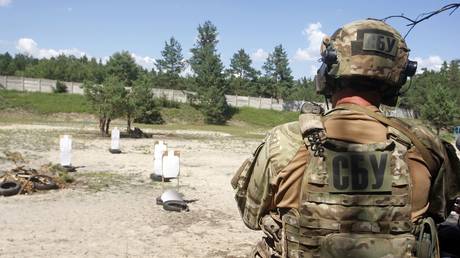DHS Deploying Stingrays Hundreds Of Times A Year

It's no secret most law enforcement agencies own or have access to Stingray devices. But some deployment totals can still raise eyebrows. The Baltimore PD, for example, deployed Stingrays 4,300 times over an 8-year period -- more than once per day. And it hid these behind pen register orders, so that judges, defendants, and defense lawyers had no idea exactly how the PD located suspects.
Thanks to Buzzfeed's FOIA request, we now know another government agency has been firing up its Stingrays at least once a day. And it's one of the nation's largest.
A document obtained by BuzzFeed News shows the US Department of Homeland Security used secretive cell phone–tracking devices nationwide more than 1,800 times from 2013 to 2017.
The information, obtained through a Freedom of Information Act request, shows that Homeland Security Investigations, a major investigative arm of DHS, used what's known as cell-site simulator over-the-air technology 1,885 times from Jan. 1, 2013, to Oct. 11, 2017 throughout the US.
There's not a lot to be gleaned from the document [PDF], other than the total number of deployments and cities where they may have been deployed. Given the DHS's purview, one would assume these are deployed only in serious criminal investigations. That assumption would be wrong, as DHS component ICE has already shown.
Sen. Ron Wyden recently asked US Immigration and Customs Enforcement for information on the agency’s use of the devices after it was determined ICE used a cell-site simulator to arrest an undocumented immigrant. Among the questIons Wyden sought answers to was what steps the agency had taken to limit interference to the phones of people not being investigated.
ICE may be making the most use of DHS Stingray devices. In its answers to Wyden's questions, the agency made it clear it uses Stingrays for all sorts of banal things, like tracking down pretty much anyone its looking for or simply sniffing out phone details for future subpoenas.
Of course, while it's doing this hundreds of times a year, the phone service of everyone DHS agencies aren't looking for is interrupted. But that's OK with ICE, because the only phone service anyone really needs is emergency service, according to director Thomas Homan.
“In all circumstances, devices are always able to dial 911 without any disruption of service,” Homan said.
So, not really a problem, according to ICE -- even if ICE is doing nothing more than readying a subpoena.
This is why the Supreme Court's take on Carpenter will be important. A ruling following the current view on third party data might encourage the federal government to ditch its voluntary Stingray warrant requirement. It will also encourage other law enforcement agencies to continue hiding evidence of Stingray use behind pen register requests, leading defendants and presiding judges to believe the phone they tracked in real time was actually just historical cell site location data.



